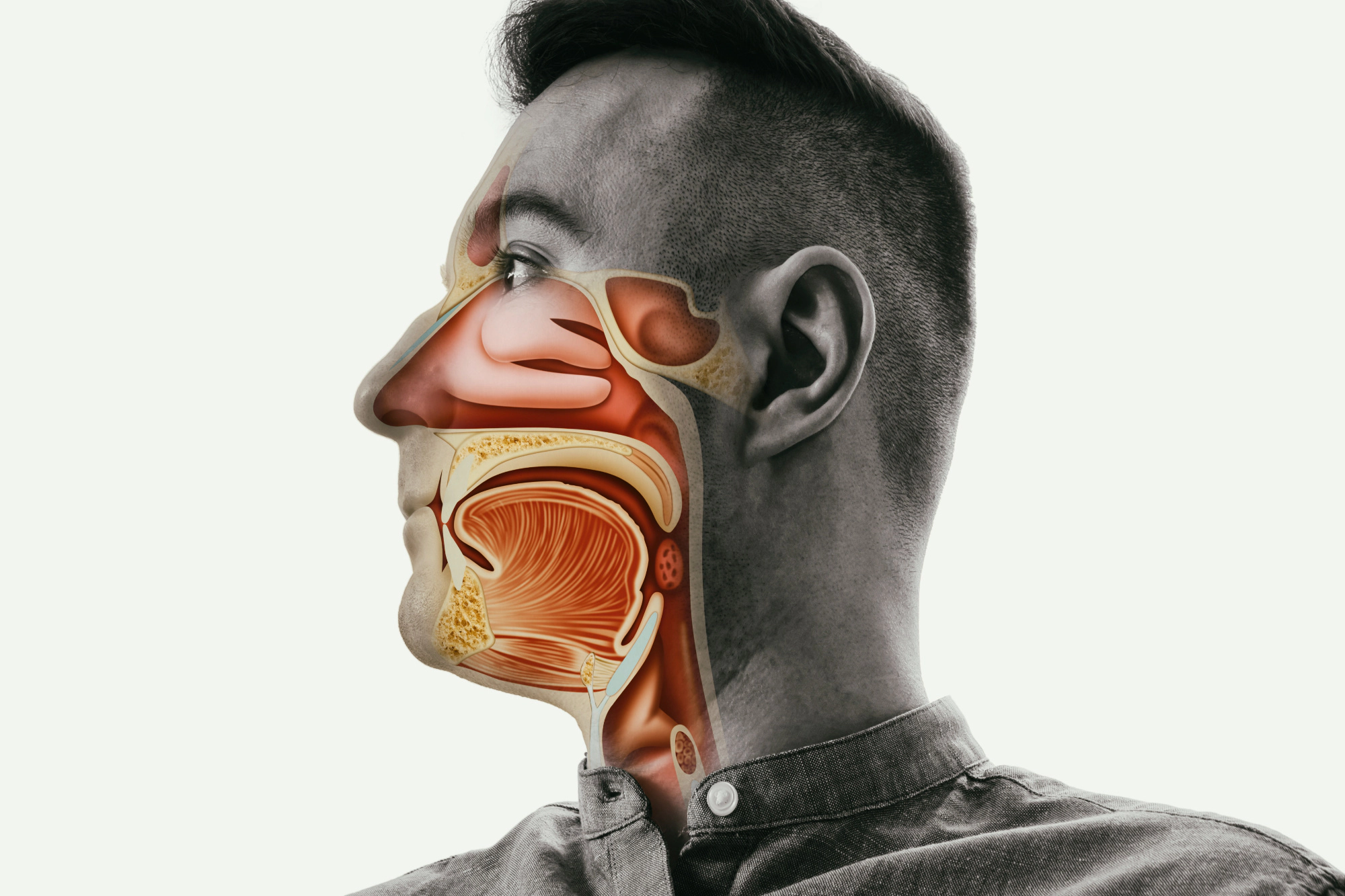
If you’ve been searching for answers to your chronic nasal congestion or obstruction, enlarged turbinates may just be the issue. What are nasal turbinates? Turbinates are small structures in your nose that are made up of bone and soft tissues. They are there to help warm and moisten the air you’re inhaling while filtering out any dirt or pollen before the air hits your lungs. But when you’ve been suffering from chronic allergies, a cold, or any other condition that causes your nasal turbinates to be chronically inflamed, you may begin to suffer from symptoms such as chronic nasal congestion, nasal blockage, or nasal obstruction.
Want to learn more about what nasal turbinates are? In this article, Dr. Kaplan, the founding sinus expert from Kaplan Sinus Relief, is here to help you understand what causes swollen nasal turbinates and determine whether or not you should consider removing them.
What causes swollen nasal turbinates?
Enlarged turbinates are typically caused by any condition that results in chronic inflammation of the turbinates and nasal passages. These conditions could be anything from hormonal changes and allergies to the common cold or a sinus infection. Enlarged turbinates can even be a result of the overuse of nasal decongestants. This chronic inflammation causes your turbinates to swell, blocking the natural flow of air when you inhale, making it feel like you can’t breathe through your nose.
For some individuals, the anatomy of their nasal passages may cause them to be more susceptible to nasal obstructions such as enlarged turbinates or adenoids, nasal polyps, or septum deviation.
What are the symptoms of enlarged turbinates?
Symptoms of swollen nasal turbinates may include:
- Persistent nasal congestion, stuffiness, or blockage
- Difficulty breathing through the nose
- Swollen nasal passage
- Noisy breathing or breathing through the mouth during sleep or increased snoring
- Nosebleeds
- Recurring sinus infections (Chronic sinusitis)
- Congestion on alternating sides of the nose
- Nasal congestion while lying down
- Increased nasal drainage
- Sleep apnea
If you notice any of the above symptoms and they are not going away with basic home treatments, schedule an appointment with a sinus specialist. They can help determine the cause of your turbinate hypertrophy and decide on a treatment plan.
Should nasal turbinates be removed?
There is not a one-size-fits-all answer as to whether or not turbinates should be removed. The best course of treatment for your case specifically will depend on what is causing your swollen nasal turbinates. For example, if your turbinates are swollen due to chronic sinusitis or a common cold, the best course of action may be to treat the infection.
On the other hand, if the nasal obstruction is causing other disorders such as sleep apnea, postnasal drip, or difficulty breathing, you and your doctor may consider nasal turbinate surgery to remove or shrink your nasal turbinates. If this is the case, there are a couple of treatment options.
LATERA Implants
LATERA implants provide structural support for individuals suffering from nasal obstruction. Depending on the anatomy of your nasal passages and the cause of your enlarged turbinates, LATERA may be a great option to provide you lasting relief.
Before committing to this procedure, you’ll want to find a sinus specialist in Houston, like Kaplan Sinus Relief, who knows how to fix a collapsed nostril or an obstructed nasal passage and has extensive experience doing so. In fact, Dr. Kaplan was one of the first doctors in the Houston area to offer this procedure to his patients.
In-office turbinate reduction (inferior turbinate reduction)
Although turbinate reduction surgery does not remove your turbinates entirely — doing so can cause your nasal cavity to become dry and crusty — it does reduce their size. The surgery is typically done in-office with the option of general or local anesthesia. You’ll need to avoid exercise or blowing your nose for three days following the procedure but recovery can take up to a week.
How do you shrink nasal turbinates?
While nasal turbinate surgery is an option for shrinking turbinates, it is not required for all cases and many individuals can find adequate treatment at home through the use of a steroid nasal spray, antihistamine sprays, humidifier, and/or saline nasal rinses.
However, if you start to notice that these treatment options are not providing relief or you are developing more serious conditions such as sleep apnea, it may be time to consider turbinate reduction surgery.
Looking for turbinate reduction in Houston? Kaplan Sinus Relief is here for you.
Now that you have an answer to the question “what are nasal turbinates?” and know the causes and symptoms of enlarged turbinates, you may be wondering whether turbinate reduction surgery is right for you.
If you’re considering in-office surgery for turbinate reduction in Houston, schedule an appointment with Kaplan Sinus Relief today. We can help you determine whether or not nasal turbinate reduction surgery is right for you or help direct you to a better solution such as LATERA implants or balloon sinuplasty. With decades of experience helping patients achieve better breathing, we are confident we can help find a lasting solution for you too.
Think you might be a candidate for turbinate reduction surgery? Call our office at 713-766-1818 or schedule an appointment online today!
More Helpful Articles by Kaplan Sinus Relief:
- What Does It Mean When Your Nose Runs Clear Liquid?
- Do I Need Sinus Surgery For Chronic Sinusitis?
- Everything You Need to Know About Balloon Sinuplasty for Allergies
- Why You Might Be Saying “It’s Hard to Breathe Through My Nose”
- Can Sinus Problems Cause Snoring?
